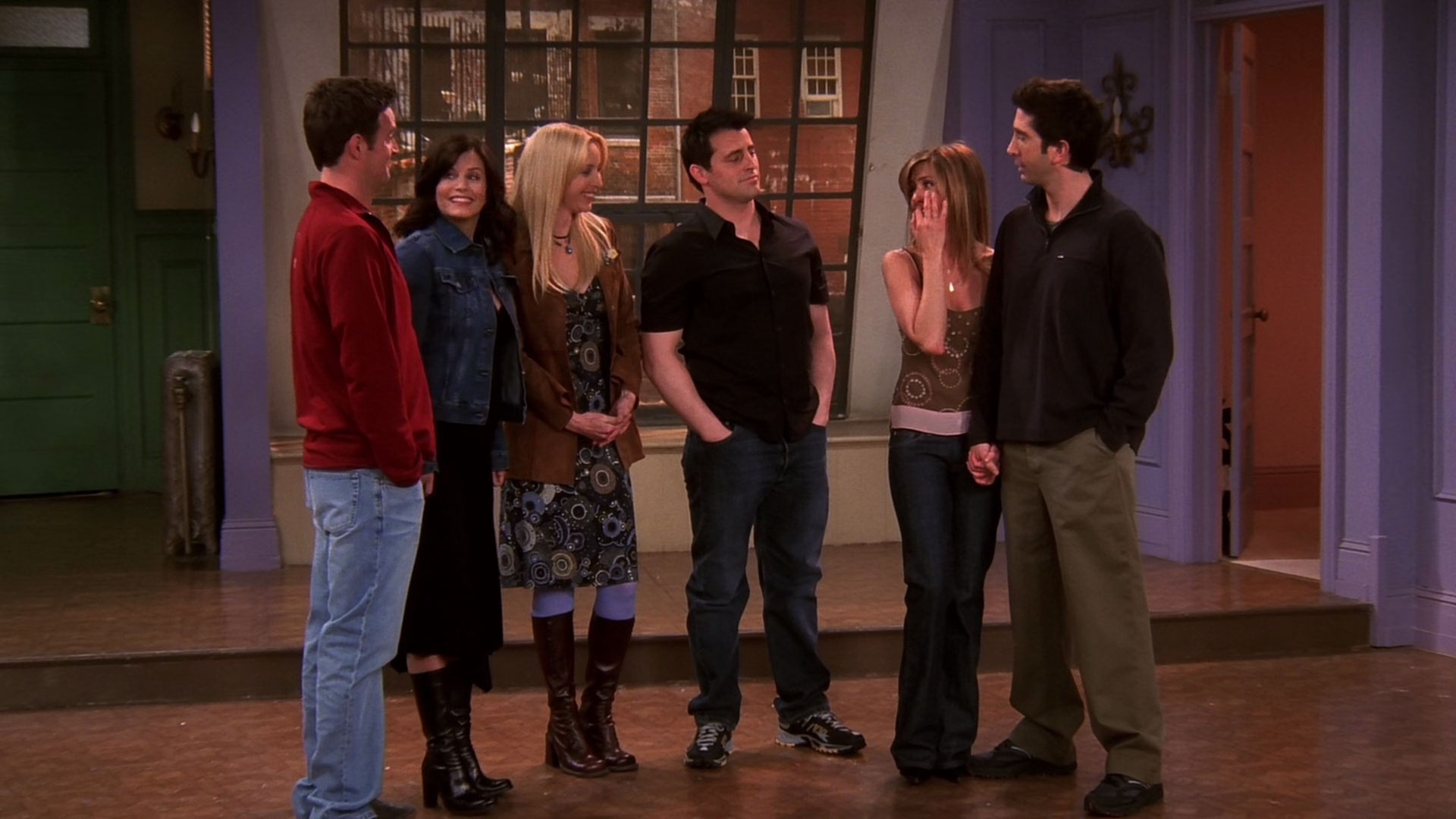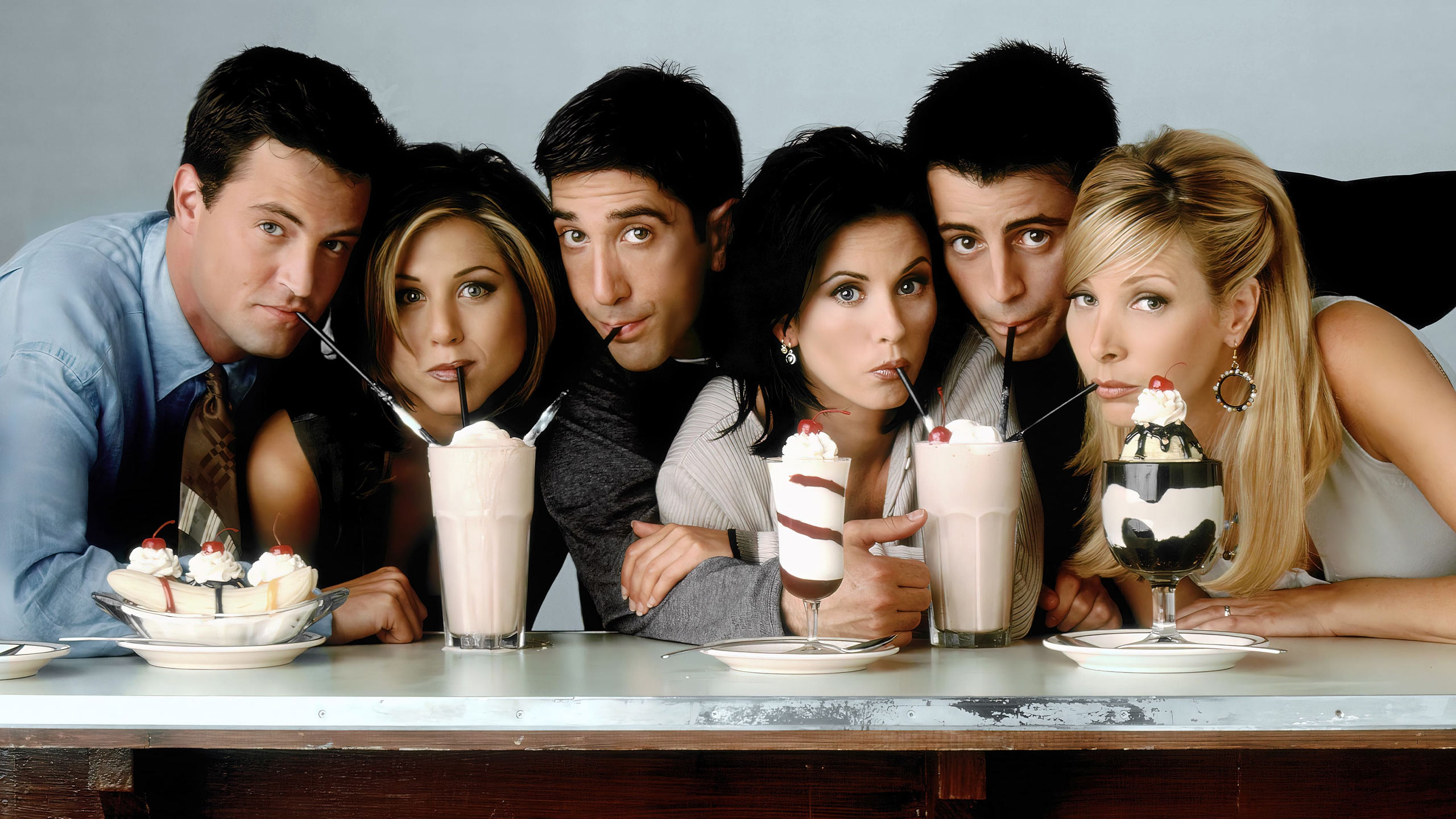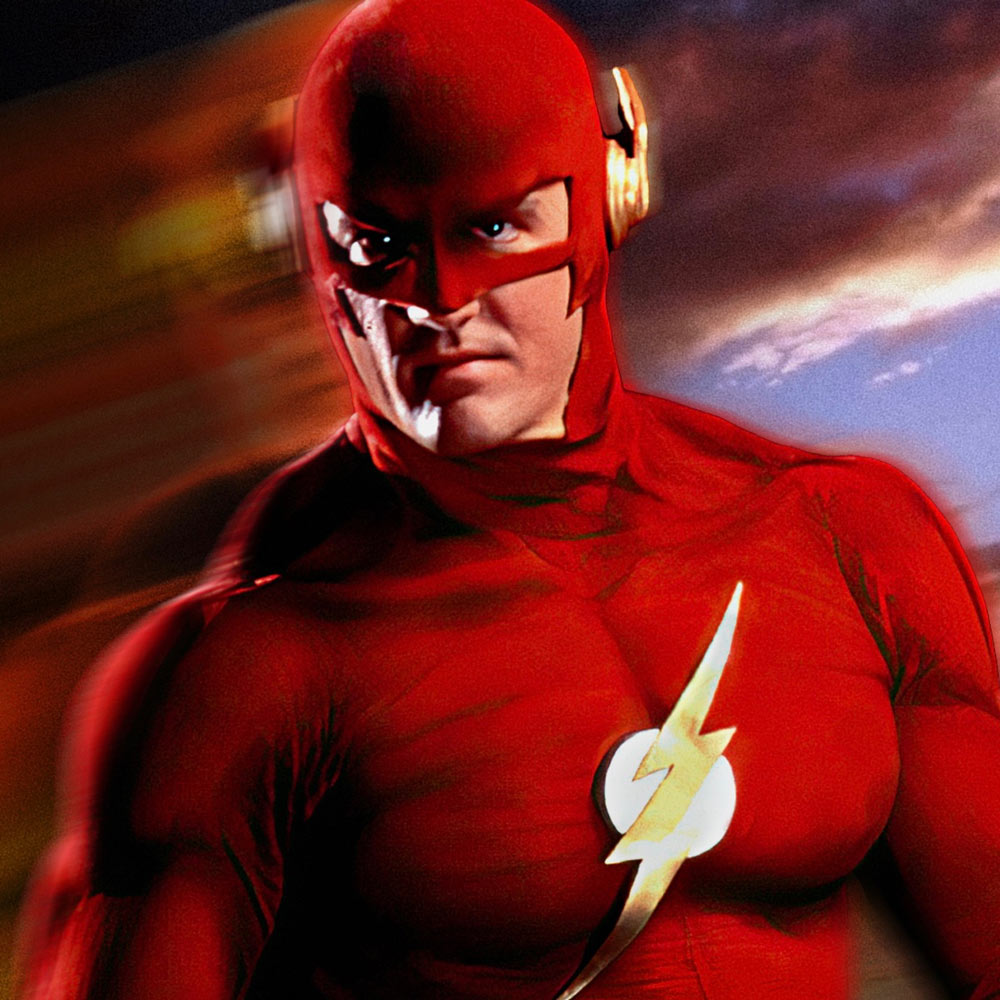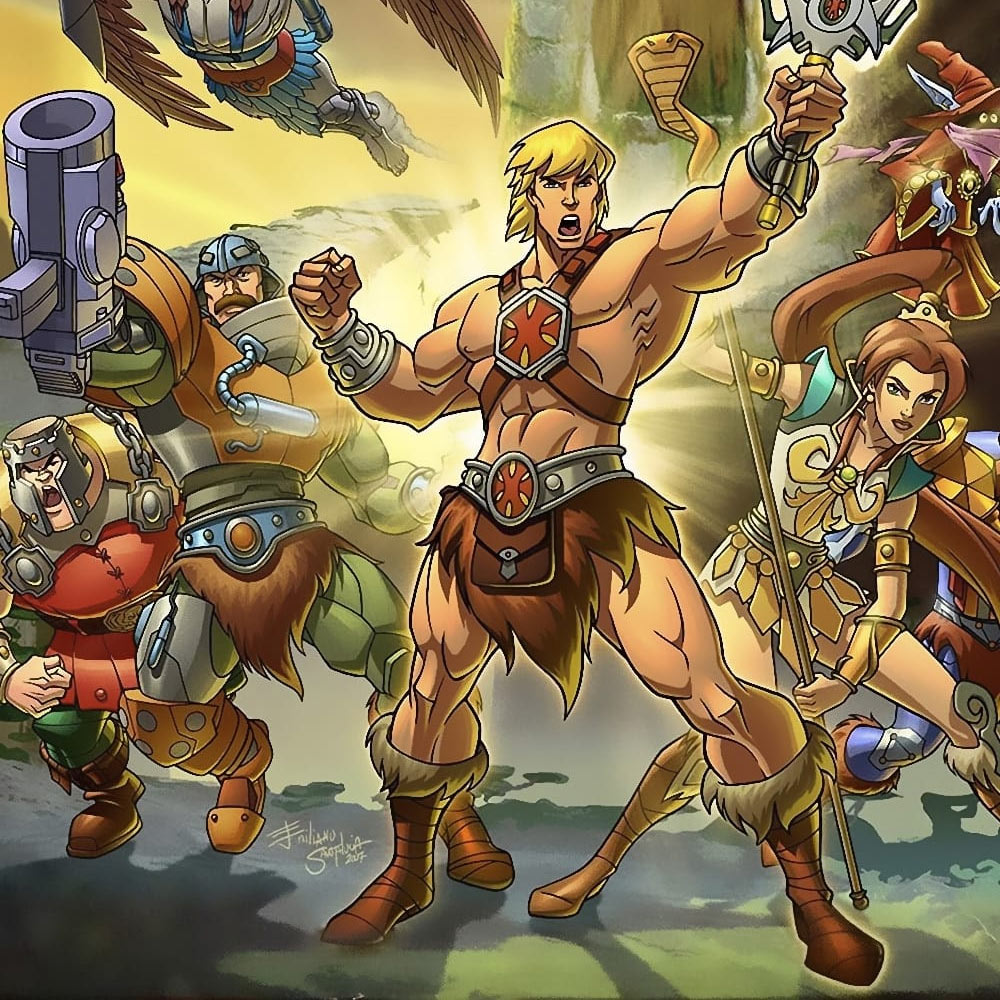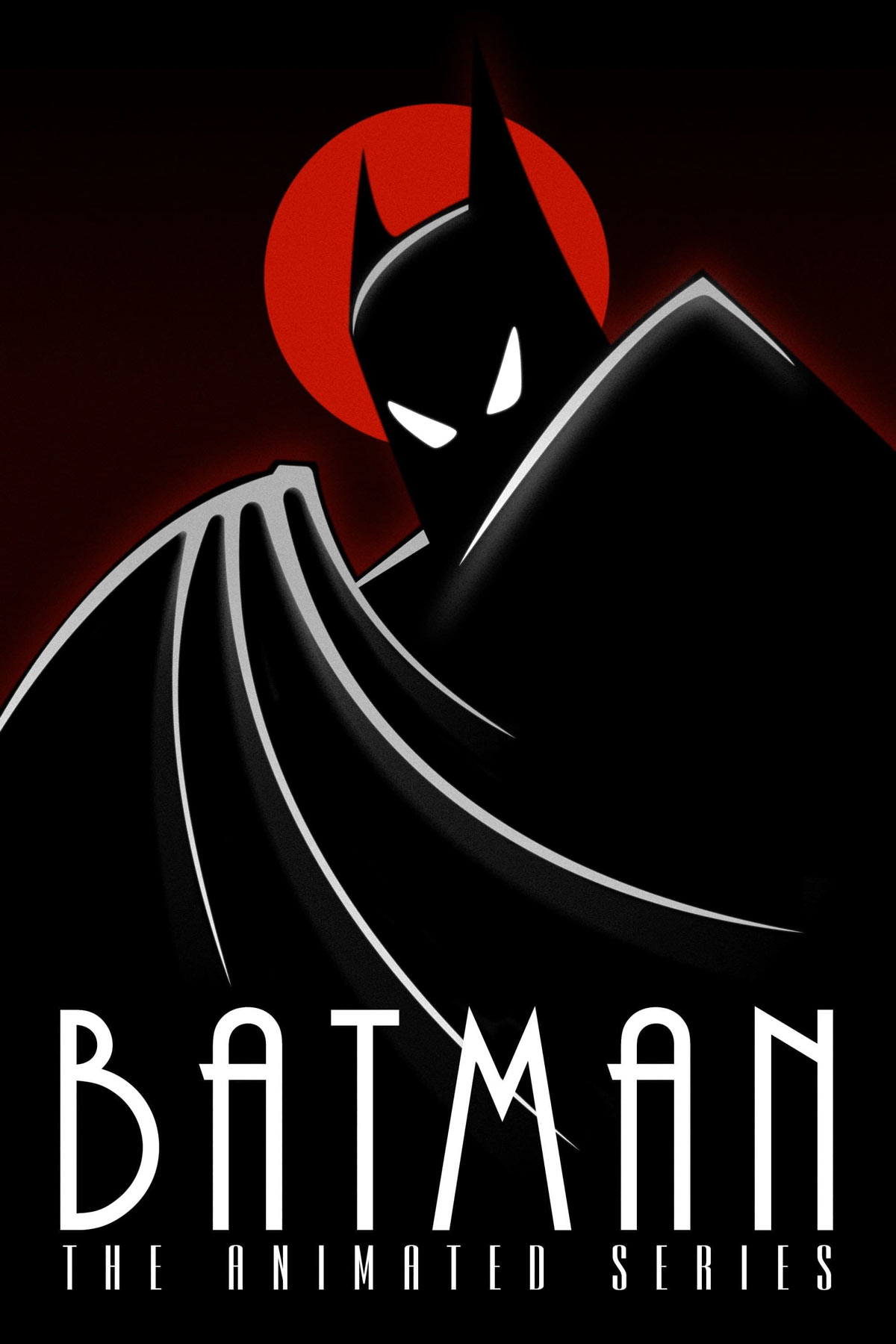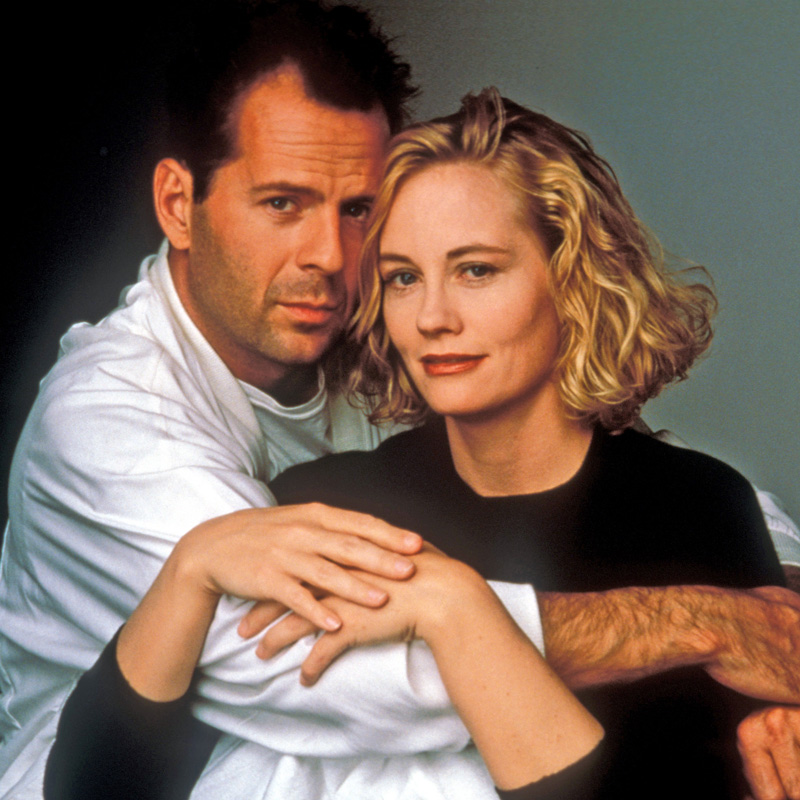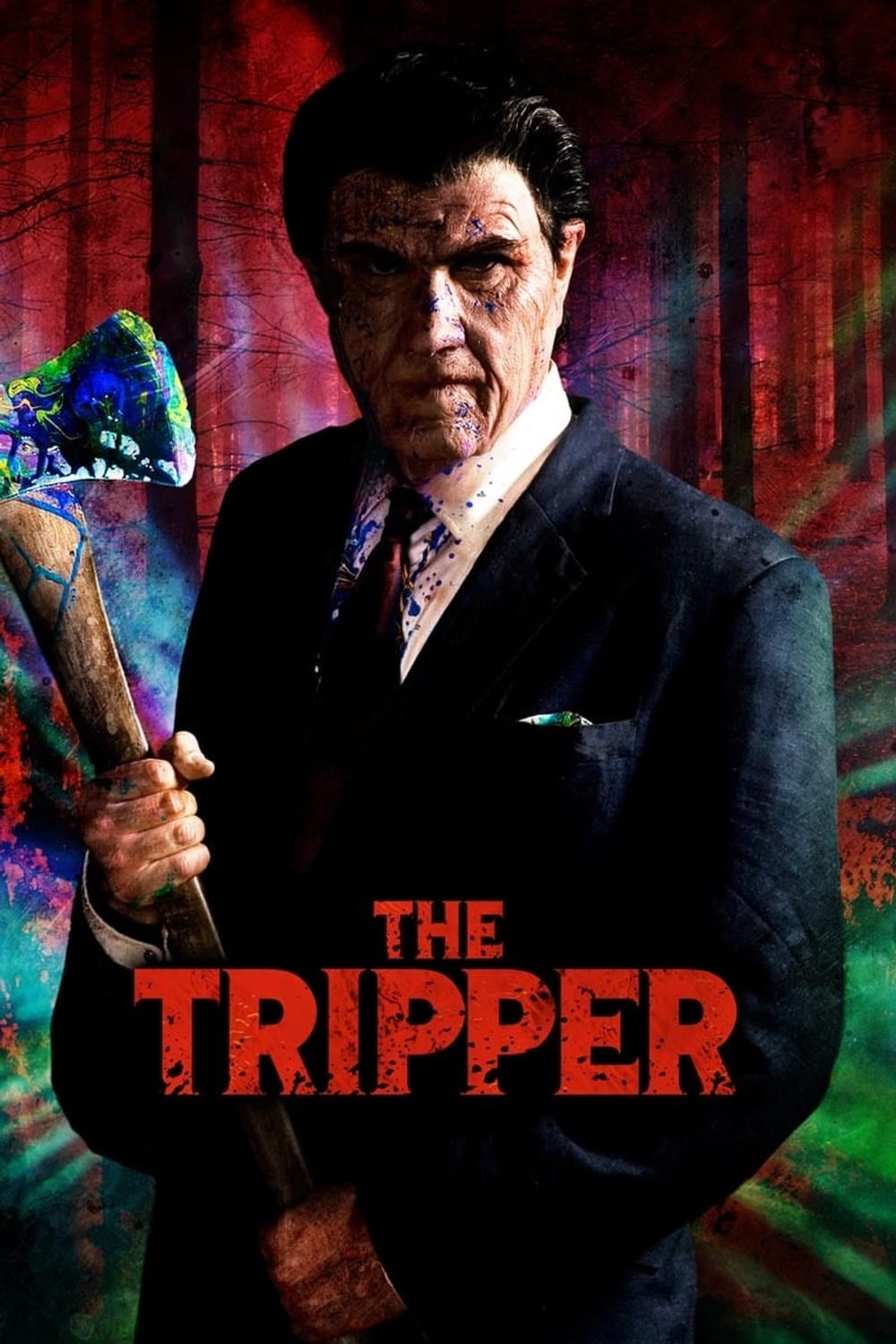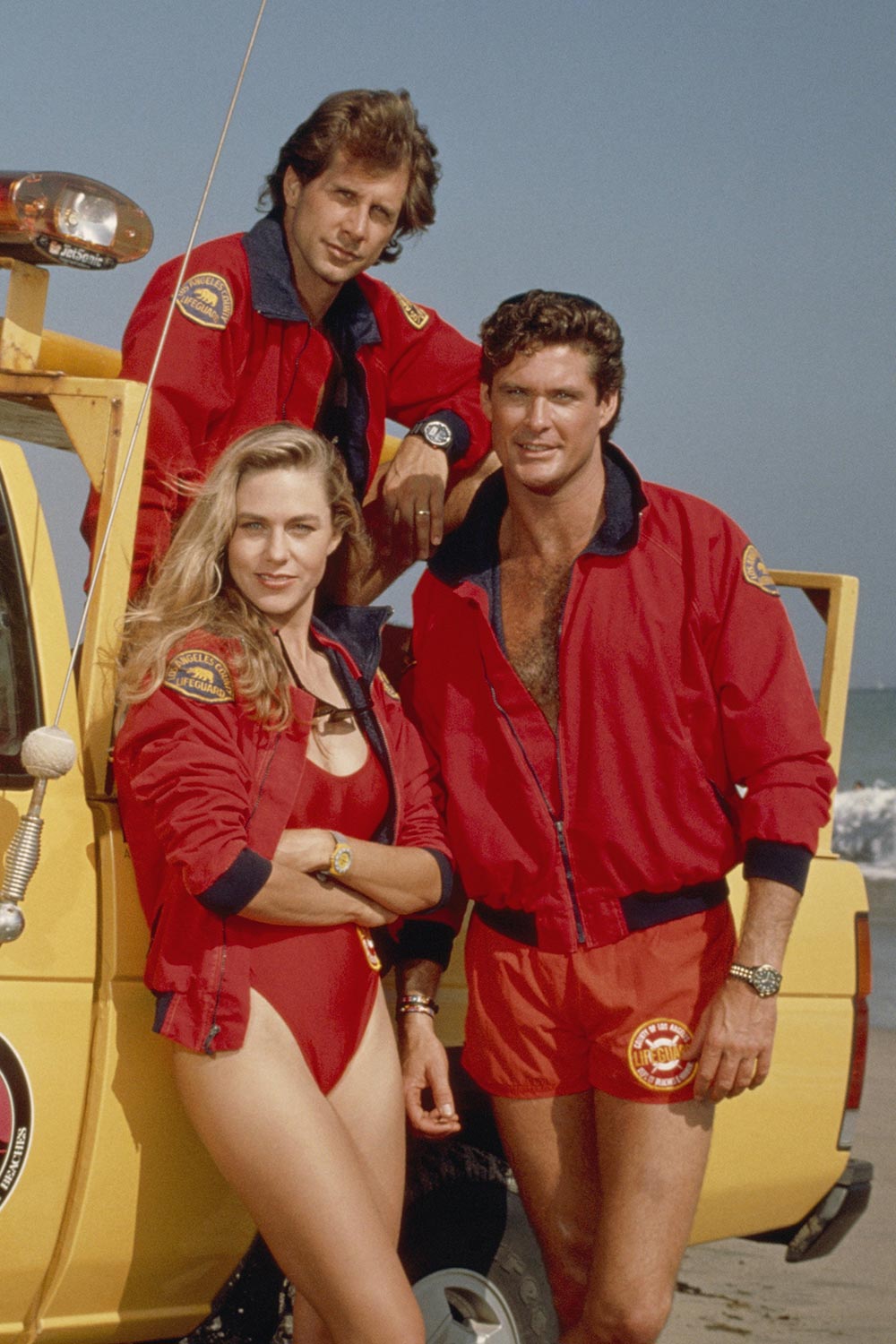Published on
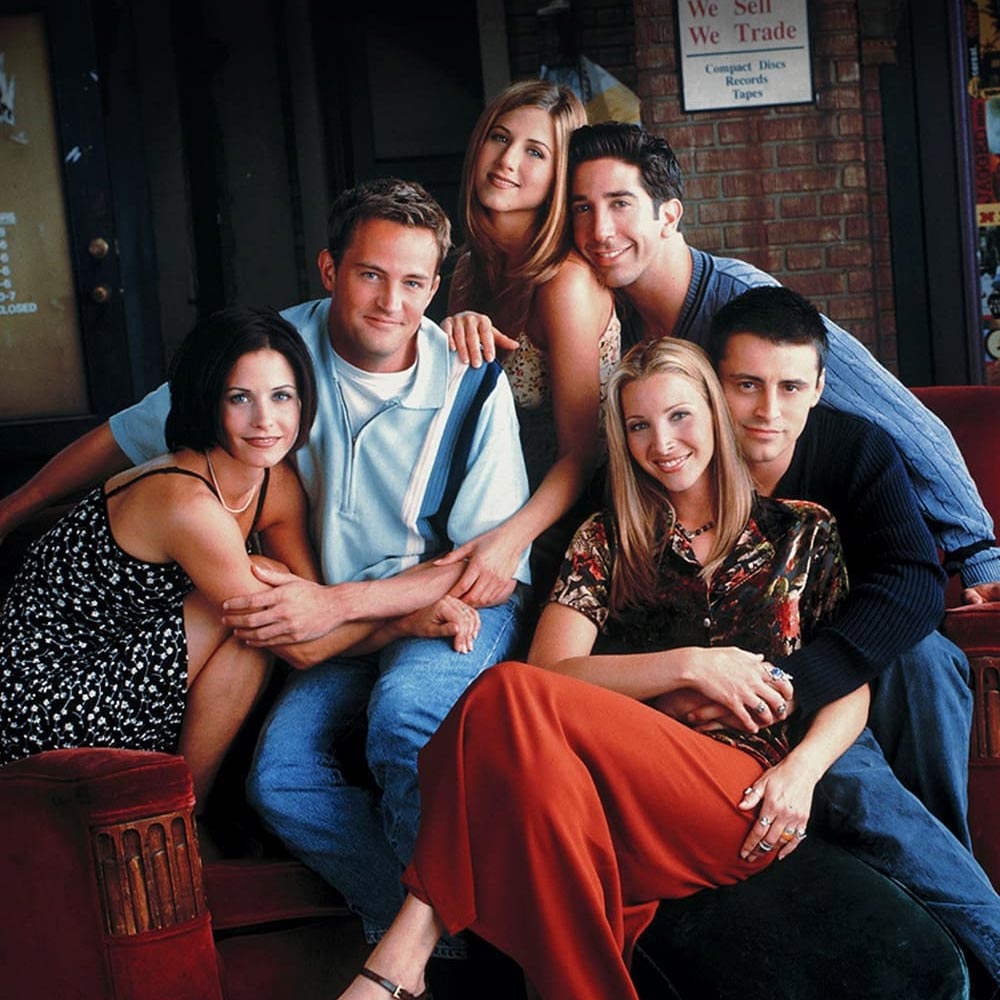
It’s early 2024, and “The Friends Experience” in Amsterdam has just come to an end. The Friends Experience is a pop-up museum with recreated sets and costumes from the TV show Friends. I can think of no other sitcom that has had such a cultural impact that 20 years after the show ended, people flock to take selfies on recreated sets. Somehow, Friends managed to stay relevant, with new generations discovering the exploits of six friends living in New York each year. Friends has been a consistent factor on streaming platforms since the early days of Netflix. The only other show that seems to have a similar lasting power is The Office, but we’ll just have to see if there is an “Office Experience” all around the world in 10 years.
How I missed out on Friends back in the day
The debut of Friends hit screens in the fall of 1994, meaning that for many countries outside the US, it didn’t start gracing their airwaves until a year or two later. Back then, I wasn’t exactly glued to the television; my spare time was dedicated to spinning tracks as a bedroom DJ. With just one TV at home and my folks not tuning in, Friends largely flew under my radar during the late ’90s. But let’s face it, dodging Friends entirely was like trying to dodge a pop culture juggernaut, especially with its stars making waves in Hollywood flicks. From Courteney Cox in Scream to Matt LeBlanc in Lost in Space, and Matthew Perry’s comedic charm in The Whole Nine Yards. Not to mention Jennifer Aniston and her 37 pieces of flair in Office Space. And let’s not forget the endless buzz surrounding the cast, particularly Aniston, given her high-profile marriage to Brad Pitt at the time.
Yet, despite the buzz surrounding it, I never felt compelled to tune in. Media outlets seemed more interested in the cast’s off-screen escapades and their staggering $1,000,000 per episode paychecks rather than the actual substance of the show. Plus, diving into a series midway through its eighth season felt like a daunting task with no easy starting point. Sure, DVDs were an option back then, and a friend even owned the entire series, but his relentless insistence on converting me into a Friends fanatic only fueled my resistance. After all, it’s just a sitcom, right? Once it’s over, it’ll likely fade into obscurity anyway, or so I thought. Just look at How I Met Your Mother—how many people still talk about that?
Turns out, I had misjudged Friends’ staying power entirely. Even after its final curtain call, the show continued to resonate with audiences. Over the years, the thought of giving it a shot crossed my mind from time to time. With streaming platforms at our fingertips and complete Blu-ray box sets readily available, there really was no excuse not to dive in. I could easily squeeze in an episode during dinner and finally catch all those iconic catchphrases like “We were on a break” and “How you doin’?” Then, the tragic news of Matthew Perry’s passing last October served as a poignant reminder of life’s fleeting nature. It was the nudge I needed, and on November 3rd, I finally took the plunge, watching the very first episode of Friends in its entirety—the first time I’d ever committed to a full episode.
Fast forward a little over four months, and I’ve conquered the entire series. Each day, like clockwork, I’ve indulged in at least one episode, often finding myself sucked into multiple at a time. It’s been quite the journey, and now I understand why Friends has stood the test of time. There’s an undeniable warmth to it that most sitcoms just can’t replicate. Sure, other shows might have characters who are entertaining to observe from afar, but you wouldn’t necessarily want to cozy up with them. Take Sheldon from The Big Bang Theory, for example—he’s amusing because he gets on everyone’s nerves, but you wouldn’t exactly yearn to be a part of his inner circle. Friends flips that dynamic on its head. Who wouldn’t want to kick back in a Barcalounger with Joey or shoot the breeze in Central Perk with the whole gang? It’s this inviting camaraderie that explains the phenomenon of “The Friends Experience” and why the show continues to resonate with audiences worldwide.
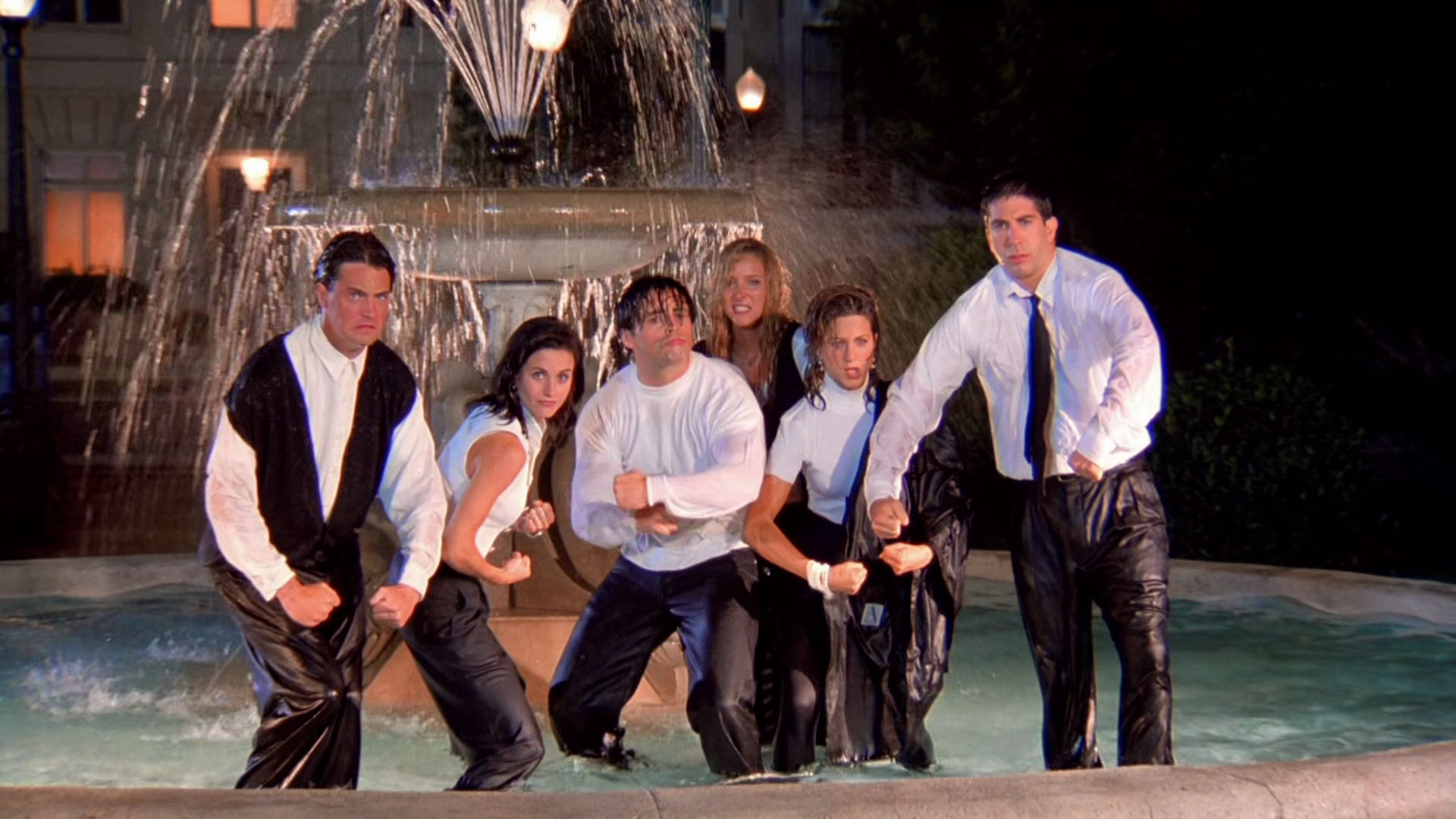
The Characters
What truly fuels the enduring charm of Friends are the quirks and eccentricities that define each character. Like any classic sitcom, the show thrives on the distinct traits that shape its ensemble cast. Sure, they may all fit the template of being in their mid-20s, white, single, and somehow affording life in New York while spending an absurd amount of time lounging in a coffee shop. Yet, it’s the individual nuances that set them apart and add depth to the comedy. From Joey’s lovable dim-wittedness to Monica’s Type-A perfectionism, and Chandler’s sarcastic wit, each character brings their own flavor to the mix, making for a delightful blend of humor and camaraderie.
If, like me four months ago, you’re venturing into the world of Friends with little prior knowledge, let’s get you acquainted with the characters:
Rachel Green
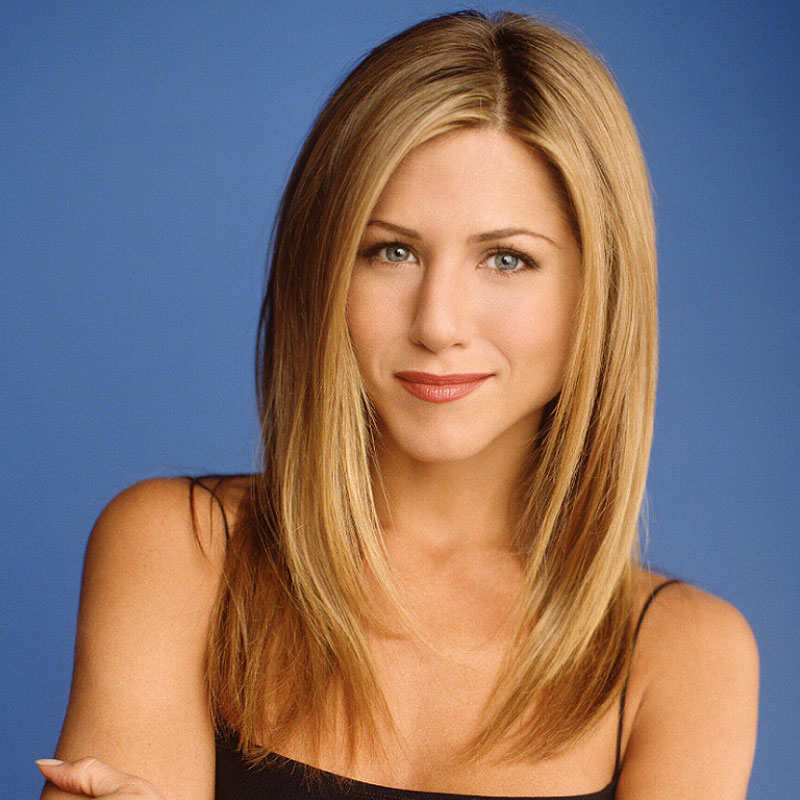 Rachel Green (Jennifer Aniston) starts the series as a runaway bride from a wealthy family, stepping into the lives of her old high school friends. Initially depicted as a fashion-conscious and somewhat spoiled individual, Rachel embarks on a journey of self-discovery, transitioning from a waitress at Central Perk to a successful fashion executive. Her on-again, off-again relationship with Ross is a central plotline, but Rachel’s growth as an independent woman and a loyal friend shines through as she navigates the challenges of adulthood and motherhood with wit and determination.
Rachel Green (Jennifer Aniston) starts the series as a runaway bride from a wealthy family, stepping into the lives of her old high school friends. Initially depicted as a fashion-conscious and somewhat spoiled individual, Rachel embarks on a journey of self-discovery, transitioning from a waitress at Central Perk to a successful fashion executive. Her on-again, off-again relationship with Ross is a central plotline, but Rachel’s growth as an independent woman and a loyal friend shines through as she navigates the challenges of adulthood and motherhood with wit and determination.
Ross Geller
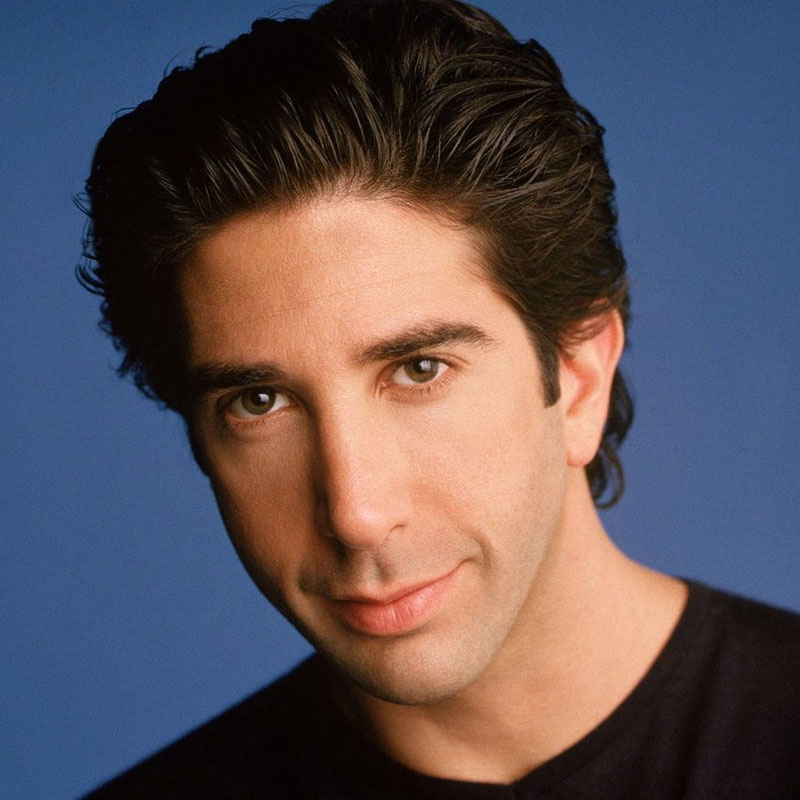 Ross Geller (David Schwimmer), a lovable nerd with a passion for paleontology, is introduced as Rachel’s former high school crush. As the series unfolds, Ross navigates the ups and downs of his career as a paleontologist and his tumultuous love life, including multiple divorces and a complicated relationship with Rachel. Despite his occasional social awkwardness and tendency to overthink, Ross is fiercely loyal to his friends and family, often serving as the voice of reason amidst the chaos of their lives.
Ross Geller (David Schwimmer), a lovable nerd with a passion for paleontology, is introduced as Rachel’s former high school crush. As the series unfolds, Ross navigates the ups and downs of his career as a paleontologist and his tumultuous love life, including multiple divorces and a complicated relationship with Rachel. Despite his occasional social awkwardness and tendency to overthink, Ross is fiercely loyal to his friends and family, often serving as the voice of reason amidst the chaos of their lives.
Monica Geller
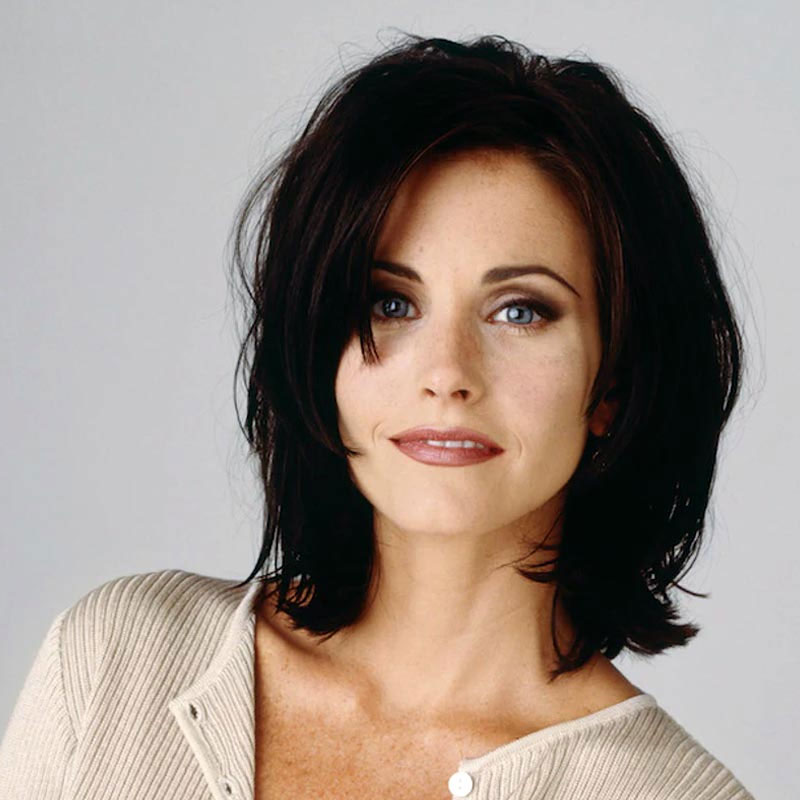 Monica Geller (Courteney Cox) is the epitome of Type-A personality, obsessively organized and competitive in all aspects of her life. As Ross’s younger sister, Monica is driven by her desire for perfection, particularly in her culinary skills and her quest for love. Throughout the series, Monica evolves from a neurotic and insecure chef to a confident and successful restaurateur, finding her true happiness in her relationship with Chandler and the loving bonds she shares with her friends.
Monica Geller (Courteney Cox) is the epitome of Type-A personality, obsessively organized and competitive in all aspects of her life. As Ross’s younger sister, Monica is driven by her desire for perfection, particularly in her culinary skills and her quest for love. Throughout the series, Monica evolves from a neurotic and insecure chef to a confident and successful restaurateur, finding her true happiness in her relationship with Chandler and the loving bonds she shares with her friends.
Chandler Bing
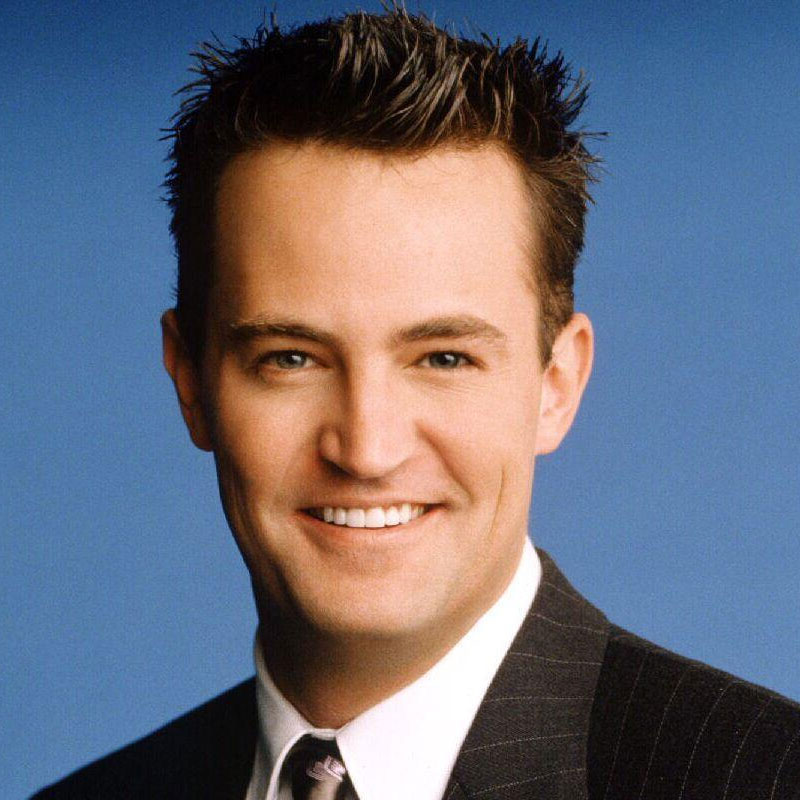 Chandler Bing (Matthew Perry) is the sarcastic and witty member of the group, using humor as a shield to mask his insecurities. Working in a dull office job, Chandler grapples with commitment issues and a fear of intimacy, until he finds love and stability in his relationship with Monica. Despite his sarcastic quips and self-deprecating humor, Chandler’s loyalty and genuine affection for his friends shine through, making him an integral part of their close-knit circle.
Chandler Bing (Matthew Perry) is the sarcastic and witty member of the group, using humor as a shield to mask his insecurities. Working in a dull office job, Chandler grapples with commitment issues and a fear of intimacy, until he finds love and stability in his relationship with Monica. Despite his sarcastic quips and self-deprecating humor, Chandler’s loyalty and genuine affection for his friends shine through, making him an integral part of their close-knit circle.
Joey Tribbiani
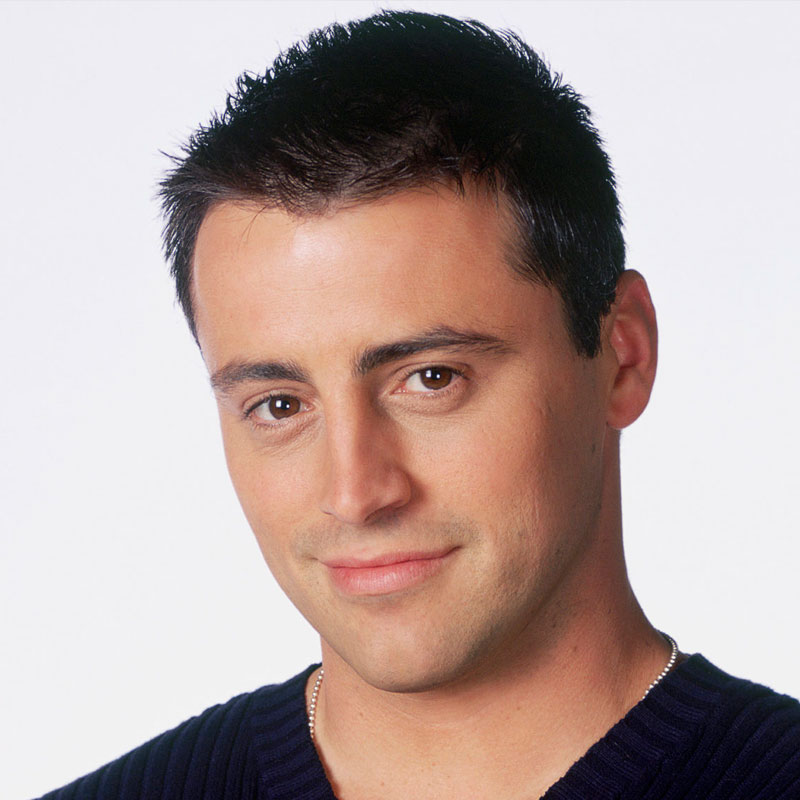 Joey Tribbiani (Matt LeBlanc) is the quintessential struggling actor with a heart of gold and an insatiable appetite for food and women. Despite his lack of intellectual prowess, Joey’s charm and childlike innocence endear him to his friends, particularly his roommate Chandler. Throughout the series, Joey pursues his acting dreams with unwavering optimism, finding success in soap operas while navigating the complexities of friendship, love, and loyalty with his trademark catchphrase, “How you doin’?”
Joey Tribbiani (Matt LeBlanc) is the quintessential struggling actor with a heart of gold and an insatiable appetite for food and women. Despite his lack of intellectual prowess, Joey’s charm and childlike innocence endear him to his friends, particularly his roommate Chandler. Throughout the series, Joey pursues his acting dreams with unwavering optimism, finding success in soap operas while navigating the complexities of friendship, love, and loyalty with his trademark catchphrase, “How you doin’?”
Phoebe Buffay
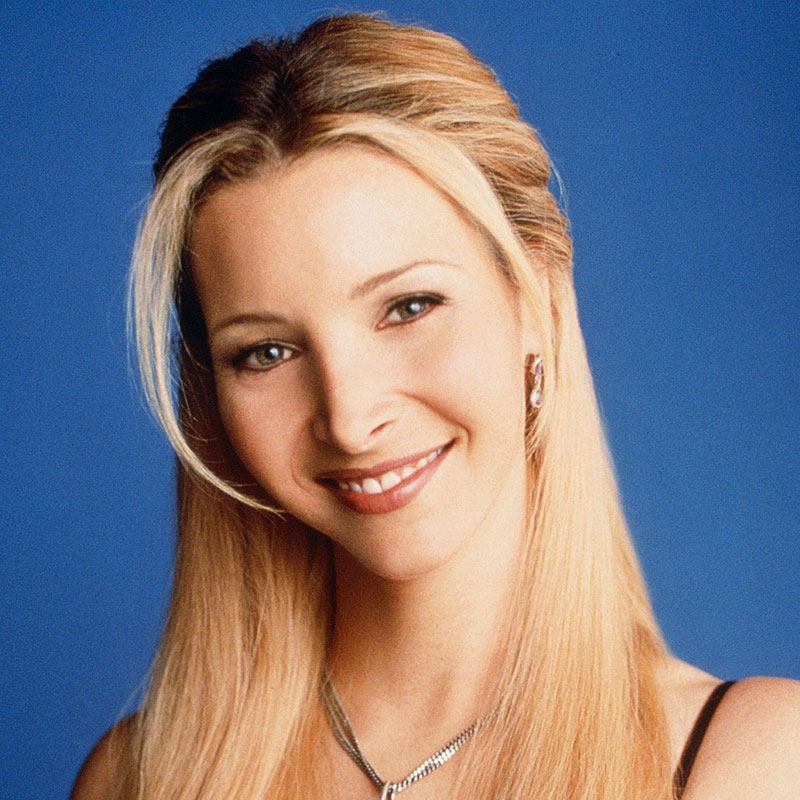 Phoebe Buffay is the quirky and eccentric member of the group, known for her offbeat humor, unconventional beliefs, and eclectic musical talents. Raised on the streets and with a mysterious past, Phoebe brings a unique perspective to the group dynamic, often offering sage advice and spiritual insights. As the series progresses, Phoebe’s resilience and compassion shine through, as she navigates the challenges of love, loss, and personal growth with her trademark eccentricity and unwavering authenticity.
Phoebe Buffay is the quirky and eccentric member of the group, known for her offbeat humor, unconventional beliefs, and eclectic musical talents. Raised on the streets and with a mysterious past, Phoebe brings a unique perspective to the group dynamic, often offering sage advice and spiritual insights. As the series progresses, Phoebe’s resilience and compassion shine through, as she navigates the challenges of love, loss, and personal growth with her trademark eccentricity and unwavering authenticity.
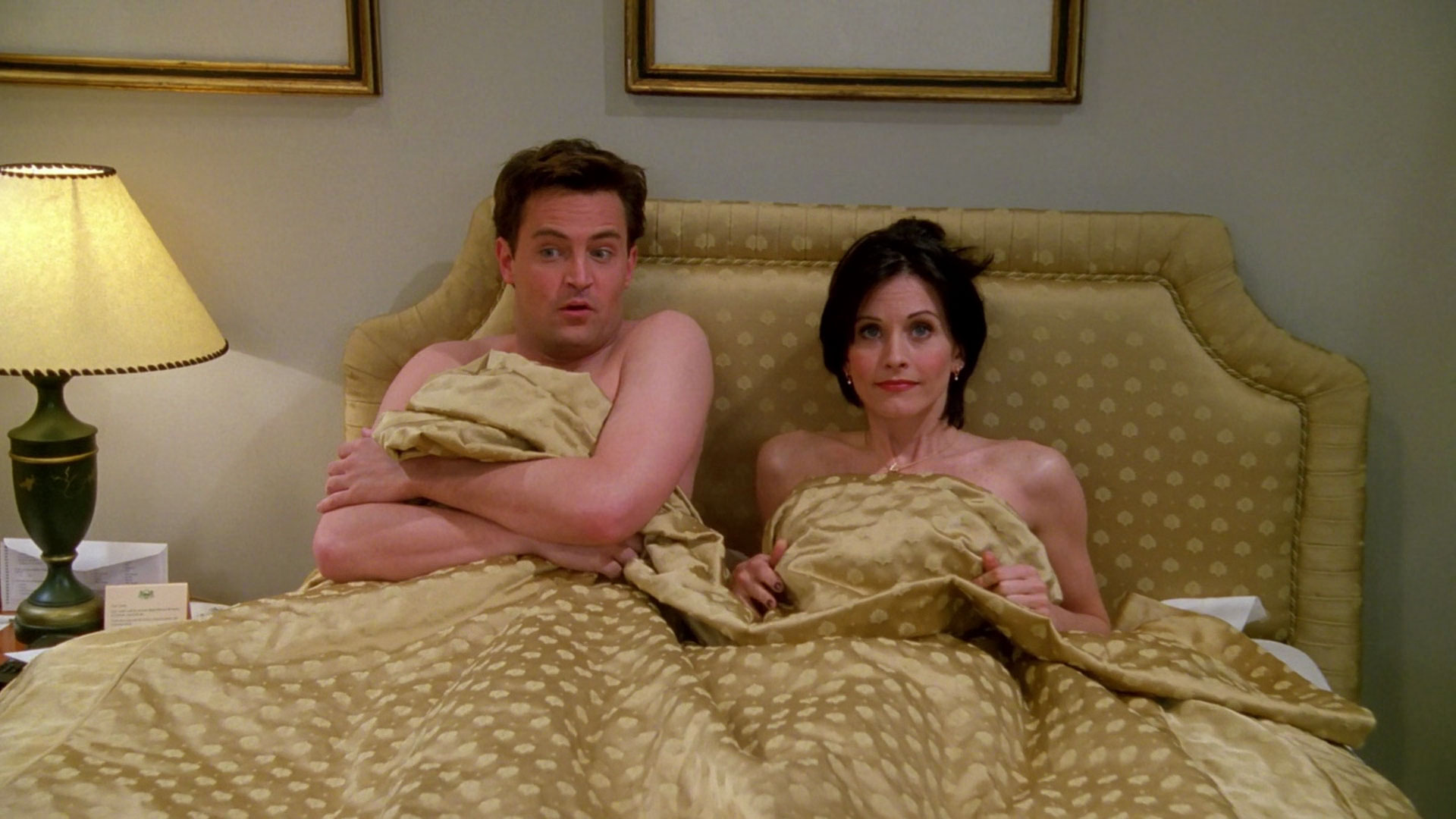
A soap opera disguised as a sitcom
What sets Friends apart and contributes to its immense success is its unique structure. Unlike your typical sitcom, Friends infuses elements of soap operas, weaving intricate storylines and character arcs that span multiple episodes and even entire seasons. Decisions and actions made by the characters in one season have lasting repercussions, allowing for genuine growth and development over the course of its 10-season run. While other sitcoms like The Cosby Show offer standalone episodes where everything resets to the status quo by the end, Friends keeps viewers on their toes. Jumping into random episodes might leave you pondering questions like “Wait, Chandler and Monica are married now?” or “Rachel and Ross broke up and had a baby?” and even “Why is Paul Rudd suddenly in the mix?” — a testament to the show’s dynamic storytelling and ever-evolving plotlines.
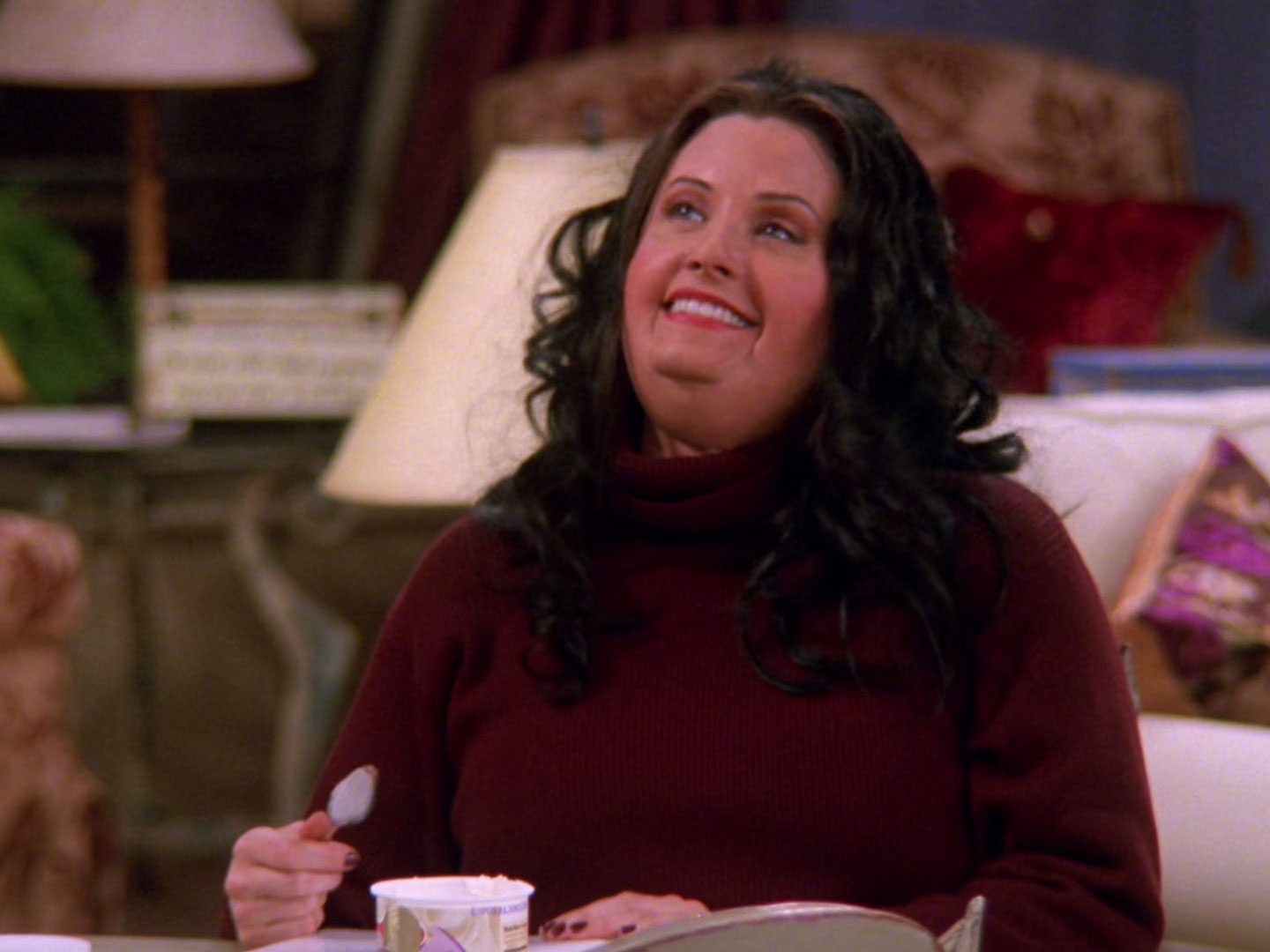 Each season of Friends concludes with a tantalizing cliffhanger, a tactic borrowed straight from the playbook of soap operas, leaving audiences eagerly awaiting resolutions during the summer hiatus. While individual episodes typically feature two to three self-contained storylines that neatly tie up by the closing credits, no two seasons feel identical. Characters move in together, embark on new relationships, and bid farewell to old ones, often encountering fleeting flings with recurring guest stars along the way. Across its 10-season span, the core group remains unchanged, with no romantic interest truly assimilating into their tight-knit circle. Not even Mike Flanagan (played by Paul Rudd), who becomes Phoebe’s love interest and eventual husband in the final season, manages to fully integrate into the group dynamic.
Each season of Friends concludes with a tantalizing cliffhanger, a tactic borrowed straight from the playbook of soap operas, leaving audiences eagerly awaiting resolutions during the summer hiatus. While individual episodes typically feature two to three self-contained storylines that neatly tie up by the closing credits, no two seasons feel identical. Characters move in together, embark on new relationships, and bid farewell to old ones, often encountering fleeting flings with recurring guest stars along the way. Across its 10-season span, the core group remains unchanged, with no romantic interest truly assimilating into their tight-knit circle. Not even Mike Flanagan (played by Paul Rudd), who becomes Phoebe’s love interest and eventual husband in the final season, manages to fully integrate into the group dynamic.
Yet, amidst its soap opera flair, Friends remains firmly rooted in its sitcom origins. Joey’s perpetual status as a womanizer serves as a prime example, as his comedic appeal hinges on his romantic misadventures. Throughout the series, he remains resolutely single, maintaining the same flirtatious charm that defined him from the start. The Rachel and Ross saga further underscores the sitcom’s boundaries, as their on-again, off-again dynamic places constraints on their character development. From the outset, it’s clear the show positions them as the central couple, but their relationship is rushed into fruition early in Season 2, only to be swiftly dismantled. Despite spending the next seven seasons in pursuit of intimacy elsewhere, every fling they encounter is inevitably doomed. Their magnetic pull toward each other ensures that, no matter how compatible their partners may seem, Rachel and Ross will forever orbit one another, leaving little room for genuine connection with anyone else.
However, this tangled romantic web often veers into toxicity. Whenever Rachel finds herself in a serious relationship, Ross’s jealousy flares up, irrespective of his own relationship status. Conversely, Rachel actively undermines Ross’s love life, resorting to extreme measures like convincing his girlfriend to shave her head bald. While these antics are intended for comedic effect, they risk making the characters less relatable and, at times, downright unlikeable. Rachel’s disruptive behavior reaches a peak when she crashes Ross’s wedding to Emily, effectively derailing the entire ceremony—an act that further compounds the toxicity of their relationship dynamic.
And yet, Rachel Green emerged as the quintessential face of Friends, propelling Jennifer Aniston’s career to unprecedented heights post-Friends. One contributing factor to her popularity was Rachel’s daring fashion choices, notably her penchant for eschewing bras beneath her form-fitting outfits throughout all seasons—a bold move that made her nipples stand out both literally and figuratively. Her popularity soared to such heights that she earned top billing by Season 2 and transitioned into leading roles in movies. However, in today’s climate, Rachel’s character might not fare as well, and the entire show could face criticism and potential cancellation due to evolving societal norms and sensibilities.
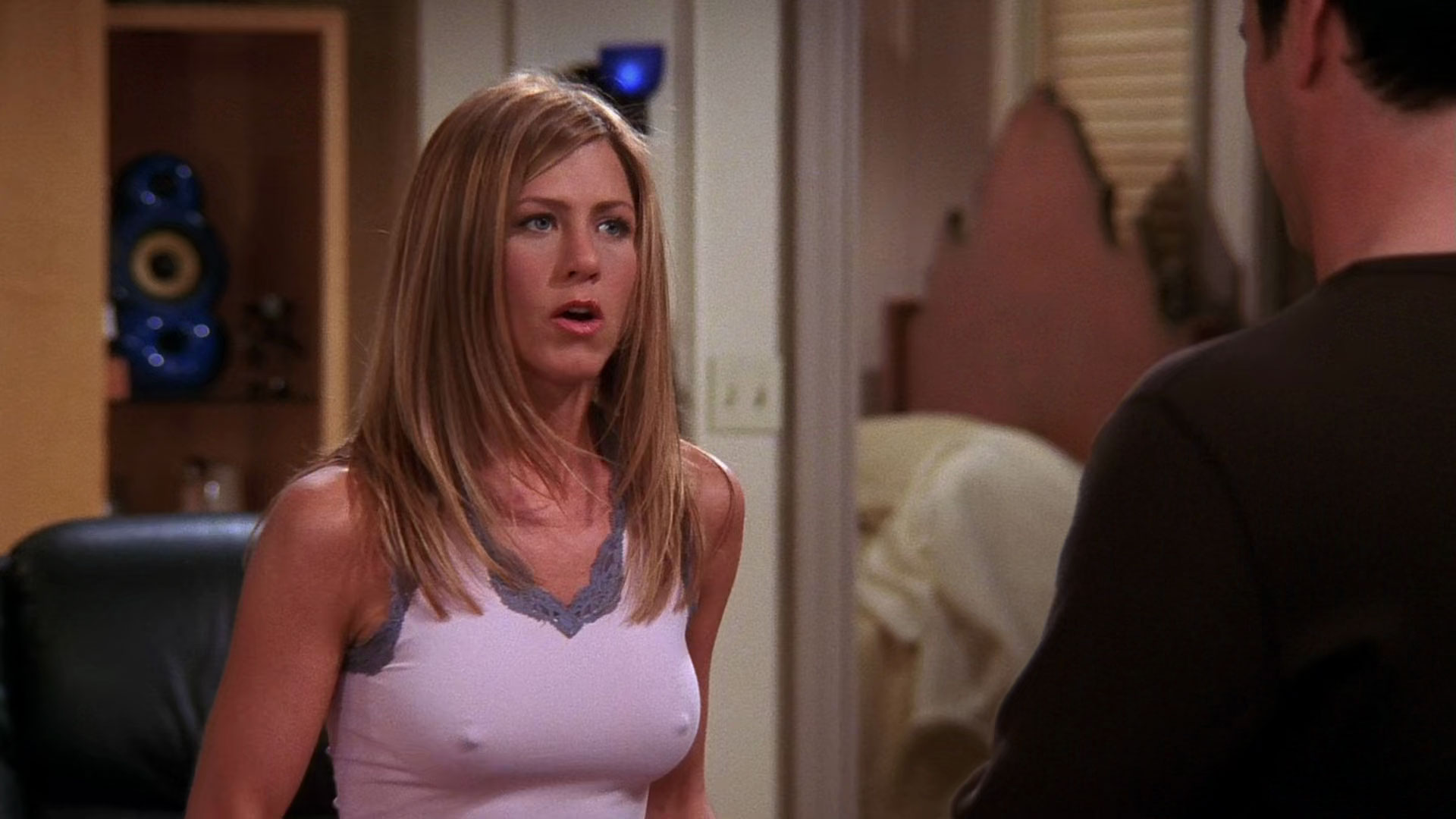
“Friends aged poorly”
Friends graced our screens during the late ’90s and early ’00s, a time before cell phones became a ubiquitous part of our lives. Many episodes revolve around misunderstandings that could’ve been swiftly resolved with a simple text or call. However, in today’s age of online outrage and clickbait culture, there’s no shortage of voices eager to stir up controversy by pointing out how “Friends aged poorly”. A quick Google search yields a plethora of articles dissecting episodes and characters’ actions, all deemed problematic by today’s standards.
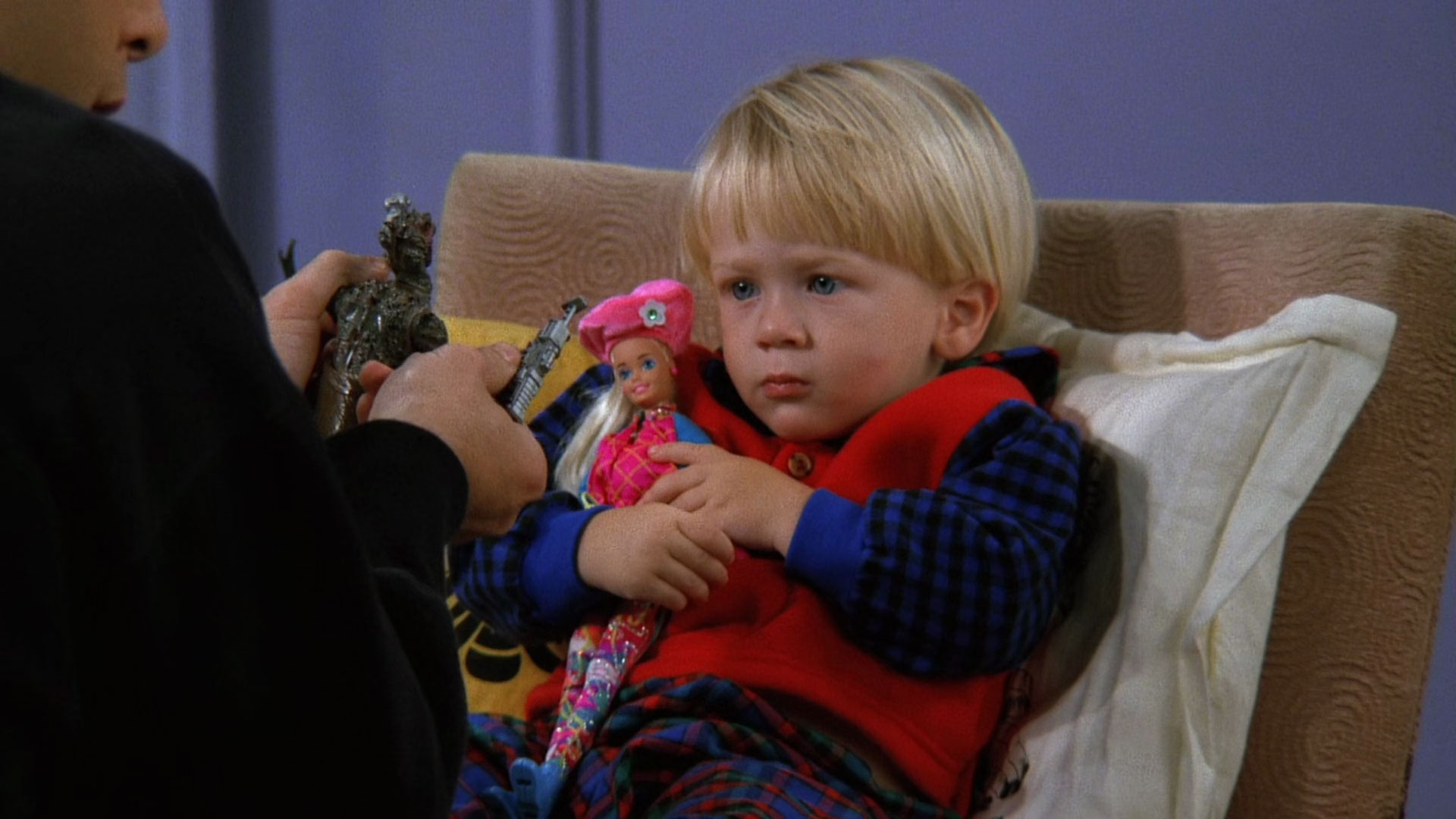
Yet, throughout my recent binge-watch of Friends over the past few months, these issues never once irked me. Perhaps it’s because I’m in my 40s, raised in an era where societal attitudes toward things like “actors in fat suits” or predominantly white casts were different. Admittedly, as I watched Ross fret over his son Ben playing with Barbies and attempting to steer him toward G.I. Joes, I couldn’t help but anticipate the inevitable uproar from those seeking to make #CancelRoss a trending topic. But really, if you find yourself that easily offended, maybe reconsider watching a sitcom that’s over 30 years old?
In the grand scheme of things, those critics may find themselves on the receiving end of the joke. In 30 years, people will likely critique their beloved TV shows and movies with the same scrutiny as they do now with classics like Friends. Even shows hailed as “woke propaganda” during their initial airing aren’t immune to retrospective analysis. Take, for instance, the original series of The L-Word. Once celebrated as a groundbreaking portrayal of lesbian life in LA, it’s now often criticized for mishandling trans characters and mental health issues, lacking diversity among the main cast, and its focus purely on so-called “lipstick lesbians.”
Conclusion
Experiencing Friends for the first time in 2024 has been an absolute joyride. It’s crystal clear why this show captured hearts and has endured in the public eye for decades. Despite its occasional outdated moments—and let’s face it, it already feels a bit retro—Friends will likely continue to captivate generations to come.
